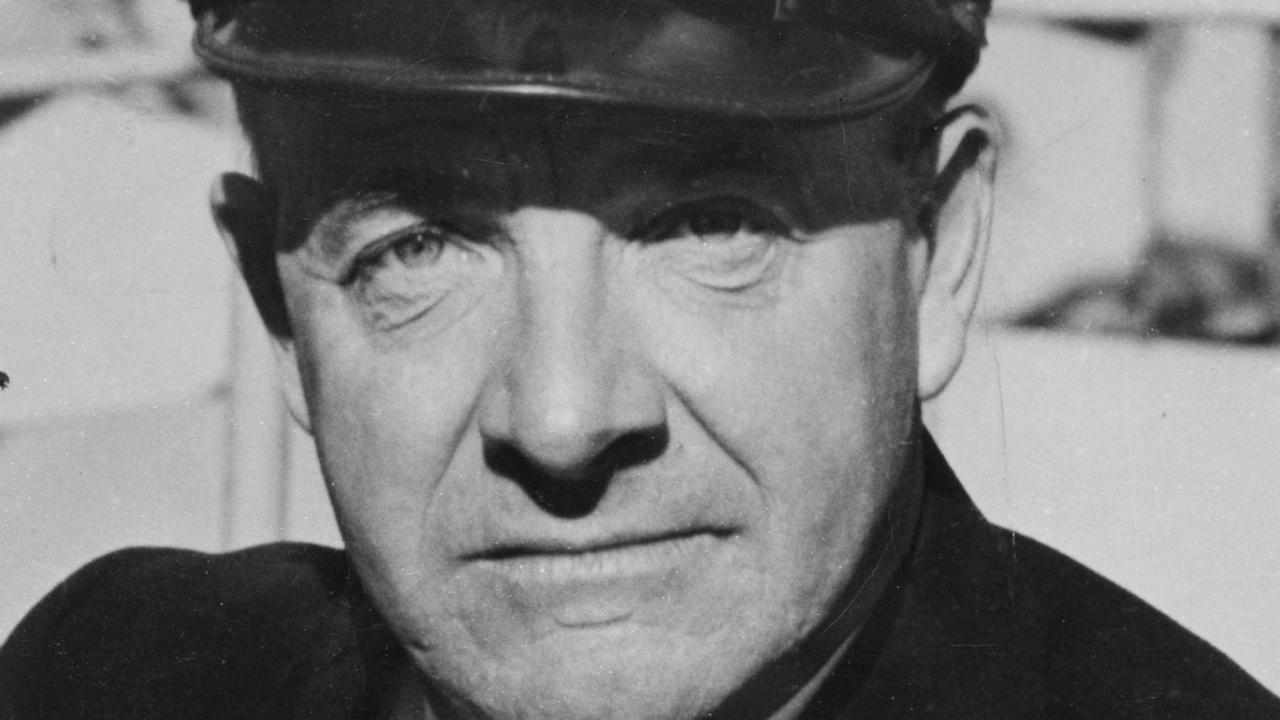Humble postcard was email of its day and almost as fast
IT was the pre-smartphone holiday ritual that you performed no matter how grand or humble your destination. You bought a postcard and dropped it into a mailbox.

Today in History
Don't miss out on the headlines from Today in History. Followed categories will be added to My News.
IT was the pre-smartphone holiday ritual that you performed no matter how grand or humble your destination. You bought a postcard, scribbled a line to friends or family, stuck a stamp on it, and dropped it into a mailbox.
Flipping between your message on one side and the picture on the other, postcard recipients could imagine you enjoying the beauty and majesty of the Eiffel Tower, the Kiama Blowhole or whatever pleasure ground your finances allowed.
Today, travellers prefer selfies, texts, Facebook and Instagram.
But the author of a new book writes that postcards were really the emails of their day.
They were readily available, easy to use, ideally suited to a short message and cheaper than an ordinary letter.
And, back in the day, they were delivered at impressive speed. In Sydney in 1910, at the height of the fashion for postcards when the postman came three times a day, day-trippers could mail a postcard in the morning and be confident of its delivery to their neighbours by nightfall.
In 1906, the Sydney GPO handled more than 12.5 million postcards — up from 1.7 million in 1902.

It was nothing less than a postcard craze, but it would dwindle radically, according to a beautifully illustrated new history of postcards published this month by the National Library of Australia.
Titled Moments In Time, A Book Of Australian Postcards, the book is by collector Jim Davidson, whose fascination with the “talismanic quality” of postcards began when he was a preschooler.
By the time Davidson was able to contemplate collecting postcards, they were “superseded, the product of past technologies, a spent craze”. That was in Australia, at any rate. In France, cultural pride ensured that vintage postcards often found their way into local markets where they can still be found to this day. The English began collecting postcards from about 1960. The NSW Postcard Collectors Society Inc began in 1980.
Postcards are now such popular collectables that many are bought and sold through auction houses.


Few people could have foreseen their success when postcards first emerged in Austria in 1869 and spread to other parts of the world, including the young colony of NSW which began making its own postcards in 1875. But it was an image of the new Eiffel Tower on a Paris Exposition postcard of 1889 that became so popular it “effectively began the postcard age”, Davidson writes.
Suddenly everyone was using them. “Businesses advised clients of new stock, travelling salesmen of an impending visit, and everybody used them to suggest meeting,” Davidson writes.
“They might also be useful … when people were tentative about expressing their feelings. Jim, a serving soldier, sent a girl ‘A kiss from France’, a delicate silk card, hoping that ‘you won’t think me too rude’.”

By World War I, the postcard boom was over. New postal regulations meant it was no longer any cheaper to send a postcard than a letter. Telephones were becoming more common, and the 1920s ushered in the Box Brownie camera, allowing more people to take their own photographs rather than relying on postcards as souvenirs.
Today, vintage postcards are precious historical reminders of the way we used to be. Ironically, however, Australia Post’s Postcard App allows users to snap their own photograph and send it to Australia Post direct from their smartphone. Australia Post then prints the postcard and delivers it anywhere in Australia or the world. Postcards aren’t slipping into a nostalgic mist. They are adapting to the modern age.
* Moments In Time, A Book Of Australian Postcards, by Jim Davidson, NLA Publishing, $44.99
Originally published as Humble postcard was email of its day and almost as fast


